In Iran, there are several yearly cultural and religious events that provide insight into the people’s daily life. And taking part in any of them will undoubtedly offer you a new perspective on the nation. Iran festivals are another hidden cultural element of this country, that makes Iran, worth traveling to.
As Iran is culturally diverse, it will be expected a variety of national festivals and ceremonies. The celebration of Iranian New Year, Nowruz, is the most important festival in Iran. It starts on March 20 and takes place over 12 days.
These nine Iran festivals are worth visiting if you want to soak up some culture.
- Nowruz (Persian new year)
- Yalda Night (the longest night of the year)
- Chahar Shanbeh Soori (Festival of Fire)
- Kashan Rosewater Festival
- Mehregan Festival
- Sizdah Bedar (Nature day)
- Saffron Harvest
- Tasua & Ashura
1- Nowruz (Persian new year)
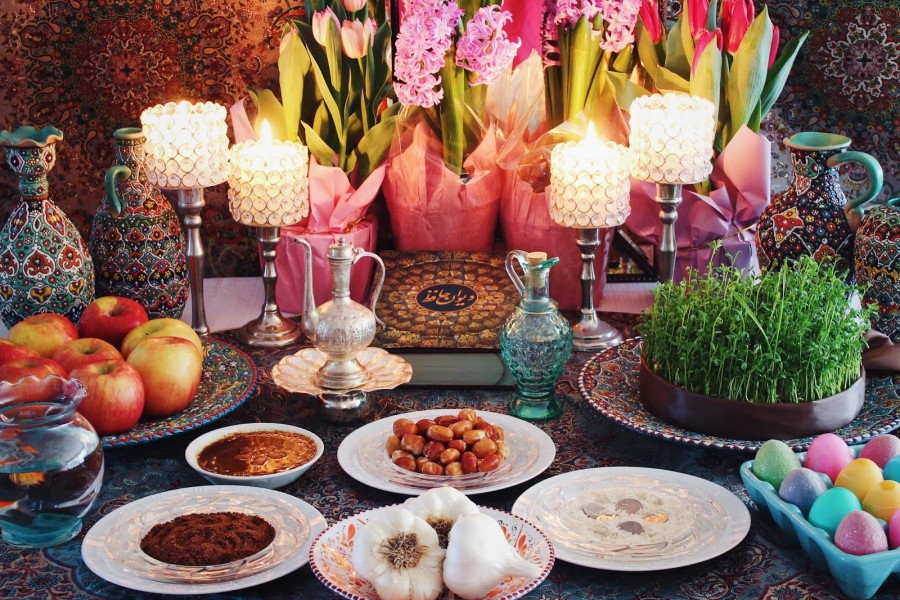
The Persian New Year, Nowruz, falls on the spring equinox, 20th March of every year is the most important Iran festival. Nowruz meaning “New day”. It is the first day of the Iranian calendar.
It’s that time of year when folks are out and about completing their new year shopping, meet up family and friends, picking out porcelain dishes for the Haft Seen display, and picking out the right goldfish. Haji Firouz, a cheerful figure who sings and plays his tambourine in the streets, ushers in the new year and spreads joy.
Haft-sin or Haft-seen is an arrangement of seven symbolic items whose names start with the letter “س” pronounced as “seen” in the Persian alphabet.
The Haft-Seen table represents nature. By tradition, Iranian families take great pains to create the most beautiful Haft-Seen table that they can, for not only does it embody values both traditional and spiritual, it is also appreciated by the visitors during Nowruz visiting exchanges as a reflection of the families’ aesthetic sense and good taste.
Read also: 10 Amazing Facts About Persian New Year – Nowruz
2- Yalda night (the longest night of the year)
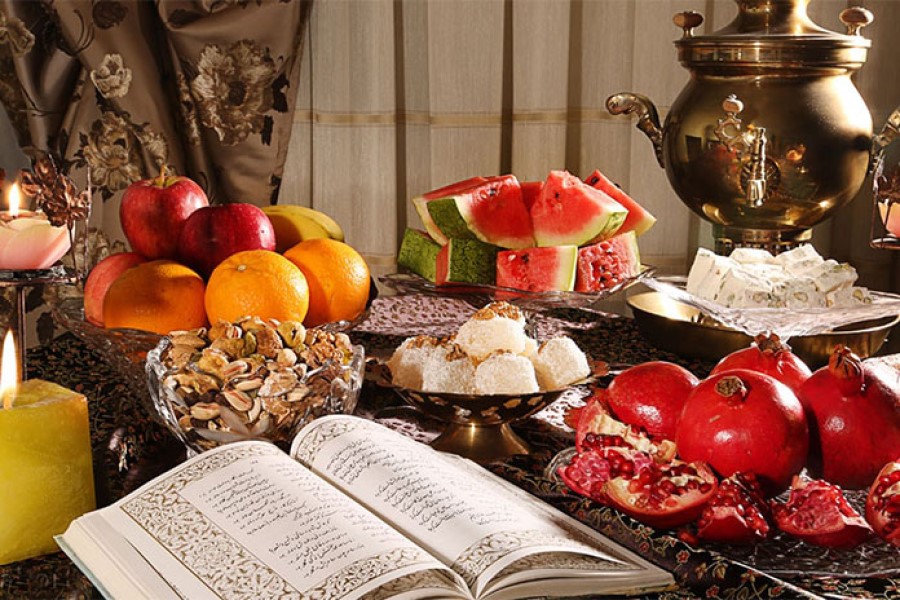
Yalda, the year’s longest night (20/21st December), is recognized as a victory of light over darkness and good over evil. As you exchange peaceful slumber for reading about Persian heroes in the epic poem Shahnameh and receiving heavenly advice from lyric poet Hafez, you’ll get a hefty taste of Persian culture.
That’s not all, the most pleasurable part of Yalda night is yet to come; Iranian ceremony all the time comes with eating. after spending time on some cultural elements, it’s the time for munching on a variety of nuts and red fruits like pomegranates and watermelon.
3- Chahar Shanbeh Soori (festival of fire)
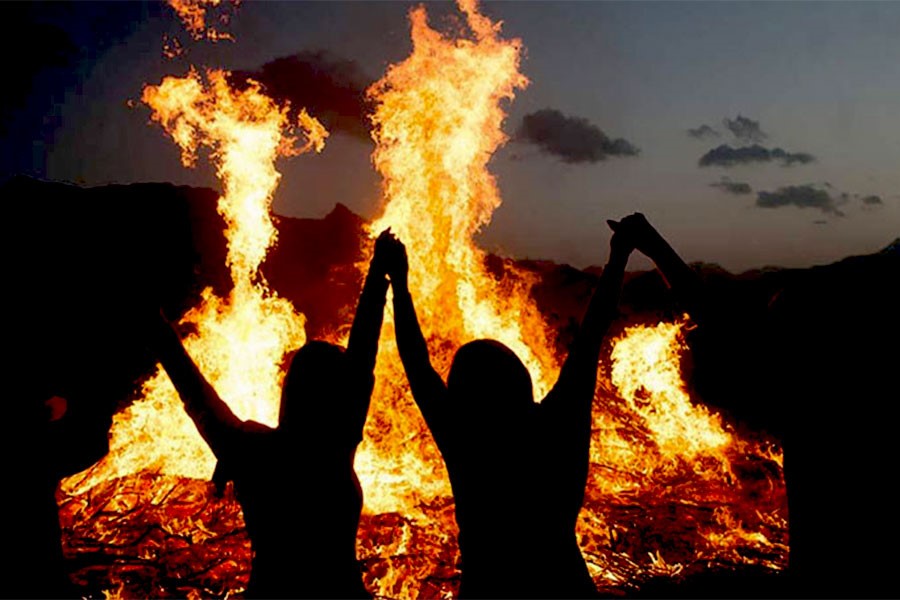
Iranians around the country celebrated the Zoroastrian-rooted Chaharshanbe Suri, or Red Wednesday, on the eve of the last Wednesday of Persian year before Nowruz (Mid March). On this much-loved yearly Iran festival, fireworks light up the night sky, and bonfires light up the streets as people jump over them chanting “your red color for me, my yellow color for you.” These lyrics suggest that you give the fire your golden hue and absorb its warmth.
If your Iran trip coincides with the last Wednesday of the Persian year before Nowruz (Mid March), you will probably face people gathering in their own neighborhoods to light up bonfires and dancing. Although it is a joyful festival, take all precautionary measures to stay safe from fire.
4- Kashan Rosewater Festival

This event is a feast for the eyes and the nose. Kashan is most renowned for its traditional houses, but it’s also where the fragrant pink rose blooms in profusion, spreading over the Ghamsar area.
Visit between May and June to see distilleries extracting the water from these beautiful blossoms, and bring home a few bottles to use in the kitchen or to add a distinctive Persian touch to your beauty routine. To experience this amazing Iran festival, you can book our ” Kashan Rosewater tour” here:
5- Mehregan Festival
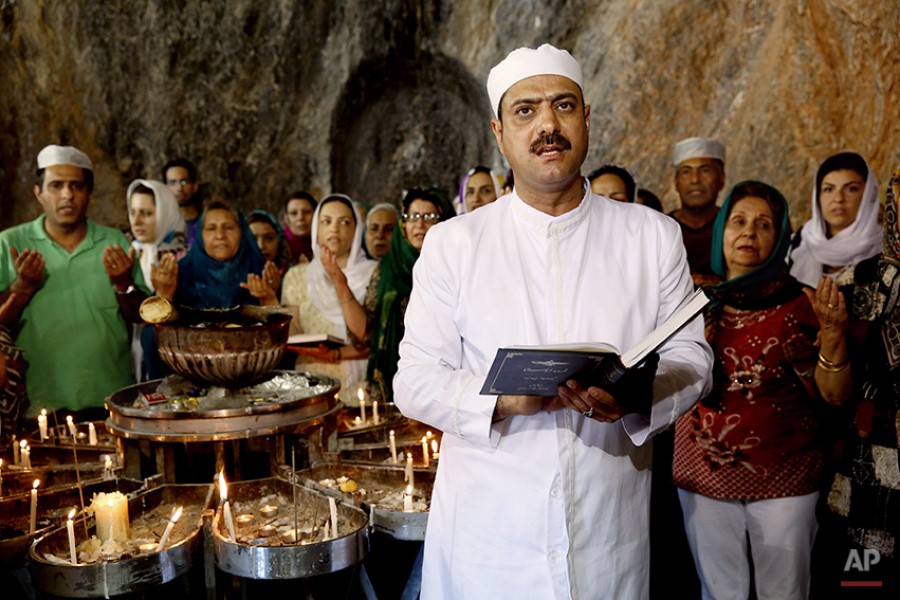
Mehregn is a Zoroastrian and Persian festival honoring the Yazata Mithra, the goddess of friendship, kindness, and love. The Persian Autumn Festival is another popular name for it.
In a mainly Muslim Iran, it is still one of two pre-Islamic holidays that are widely observed: Mehregan, devoted to Mithra, and Tirgan, dedicated to Tirgan. You can still experience this ancient Iranian festival on 2nd October mostly in some areas in Yazd and Kerman.
In this celebration, first in front of the entrance of the fire temple, guests are greeted with sweets and a mirror, which is one of the ancient Iranian traditions. The guests pour the rose in the palm of their hand and rub on their own face, look at it in the mirror, and then take a sweet and enter the fire temple. The main ceremony will start inside the fire temple.
6- Sizdah Bedar (nature day)
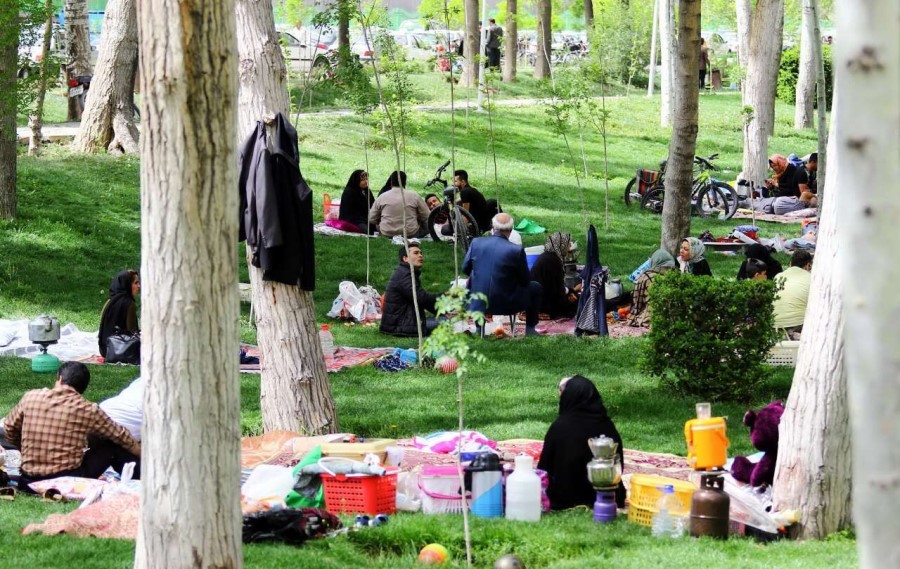
On the 13th and last day of Nowruz, Iranians celebrate Sizdah Bedar. Families head out to park and nature, congregate to play games, grill kebabs, and, of course, sip endless glasses of tea.
Stay outside all day to prevent the bad luck of number 13 and take care of nature! As a tourist, start up a discussion with a family; they’ll be delighted to welcome you and feed you. Worth mentioning that Sizdah Bedar is on 2nd April and is an Iranian holiday, so all government offices and even some tourist places are closed on this day.
7- Saffron Harvest, another amazing Iran festival

Saffron, the world’s most costly spice, is used liberally in Persian cuisine. So why not travel to Iran in the fall and participate in the harvesting of these beautiful violet blossoms? The province of South Khorasan is most renowned for its saffron fields, but the town of Natanz is also noteworthy.
Saffron harvest is another natural Iran festival that is rooted in Iran’s history. You’ll realize how labor-intensive getting this spice is after picking the bloom (which will be replaced by a new one the next day!), then delicately plucking the red stigmas and letting them dry, and you’ll mourn abandoning the faint honey-scented petals.
8&9- Tasua and Ashura (Religous Festival)

Tasua and Ashura, are respectively the ninth and tenth day of the Islamic month of Muharram, is the eve of Imam Hussein, the third Shia Imam, who was martyred in the 7th century. The devout beat their chests in hypnotic synchronization as processions march along the streets or congregate in mosques around the country. In the meanwhile, individuals are given Nazri, or votive food offerings. Zanjan and Yazd are the best places to see it.

